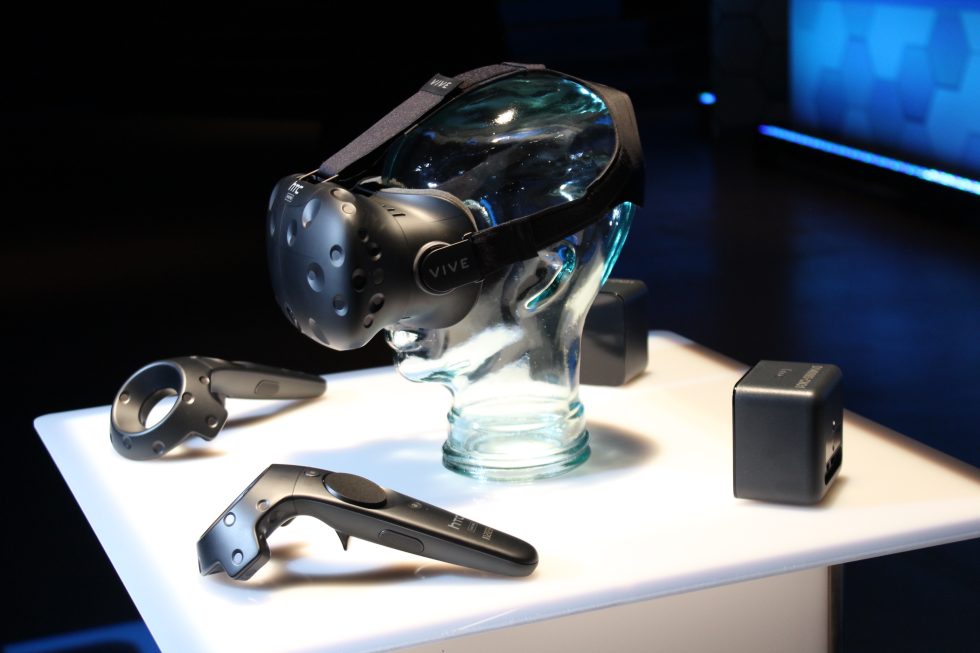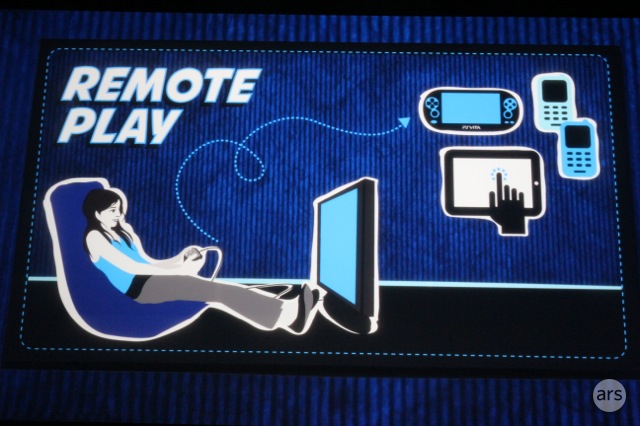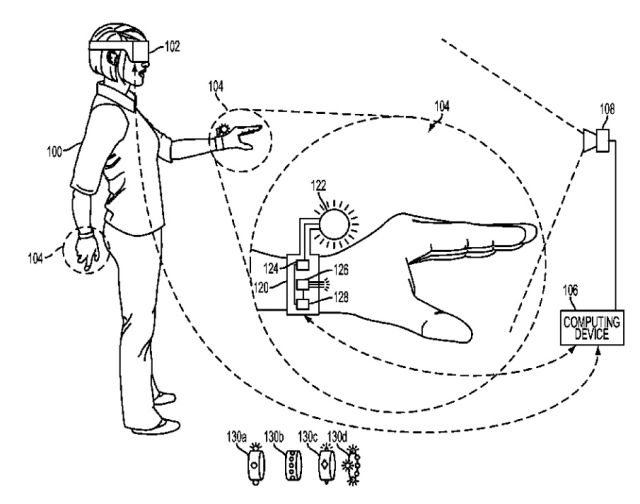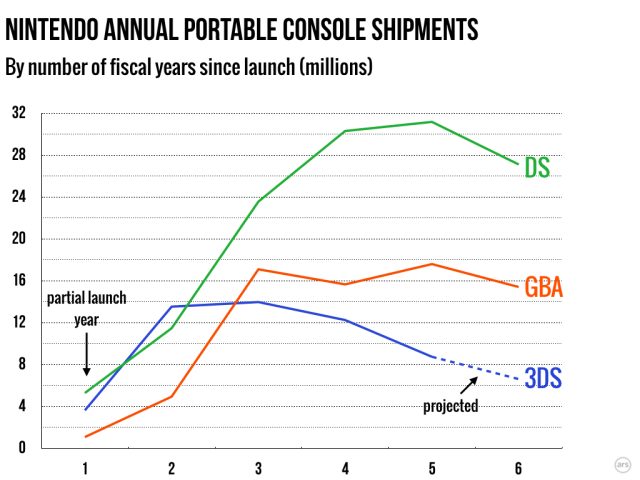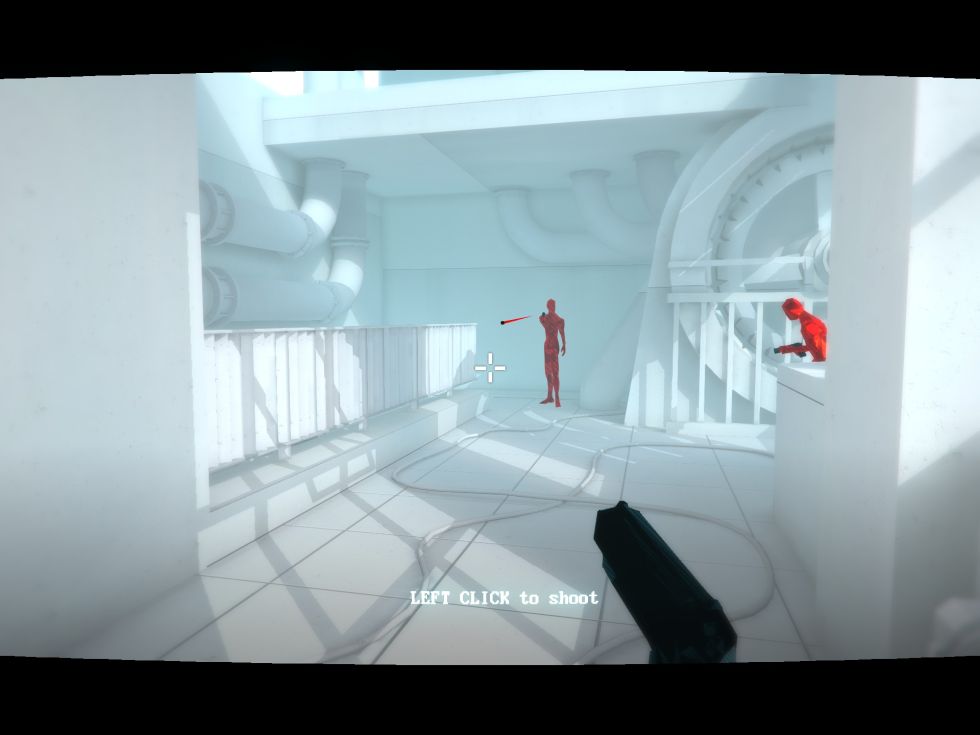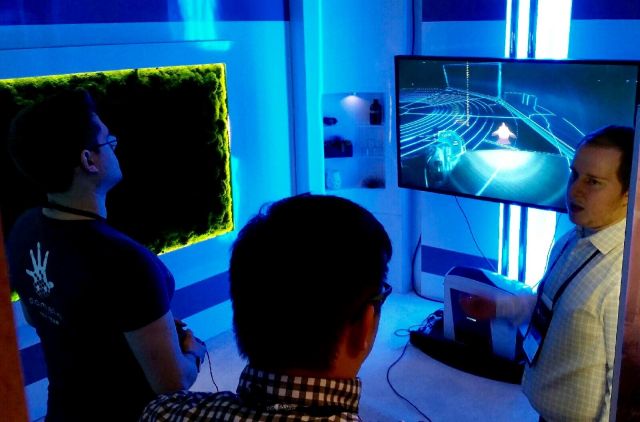Sure, roller coasters are fun and all. Visually, though, looking around at the sky and the track and the back of other passengers' heads and the massive amusement park parking lot can be a bit dull. Samsung and Six Flags Entertainment are teaming up to try to fix this apparent problem, equipping roller coasters at nine North American parks with Gear VR headsets that will sync their virtual worlds to the usual thrill ride movements.
This seems like a best-of-both worlds solution to the sometimes sickening disconnect between apparent virtual-world motion and real-world motion in seated VR experiences. By timing a pre-planned VR experience precisely to the predictable dips, turns, and loops of a roller coaster, passengers' bodies will actually feel the same movements that they're seeing in the 360° virtual world flying by on their headset screens. It certainly sounds like a step up from the usual theme park "simulator" rides, which simply tilt and bounce the cabin to fool the body into the sensation of screen-matching movement.
The revamped coasters also seem like a smart way for a massive chain like Six Flags to use its size and space to build onto consumer-grade VR, creating an experience that even early adopting users can't recreate at home. They're not the only ones with the same kind of idea; outfits like VRcade in Seattle are working to build arena-sized virtual playspaces, with untethered headsets and real-world barriers that correspond to the virtual environment.


